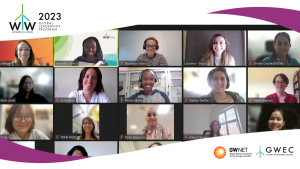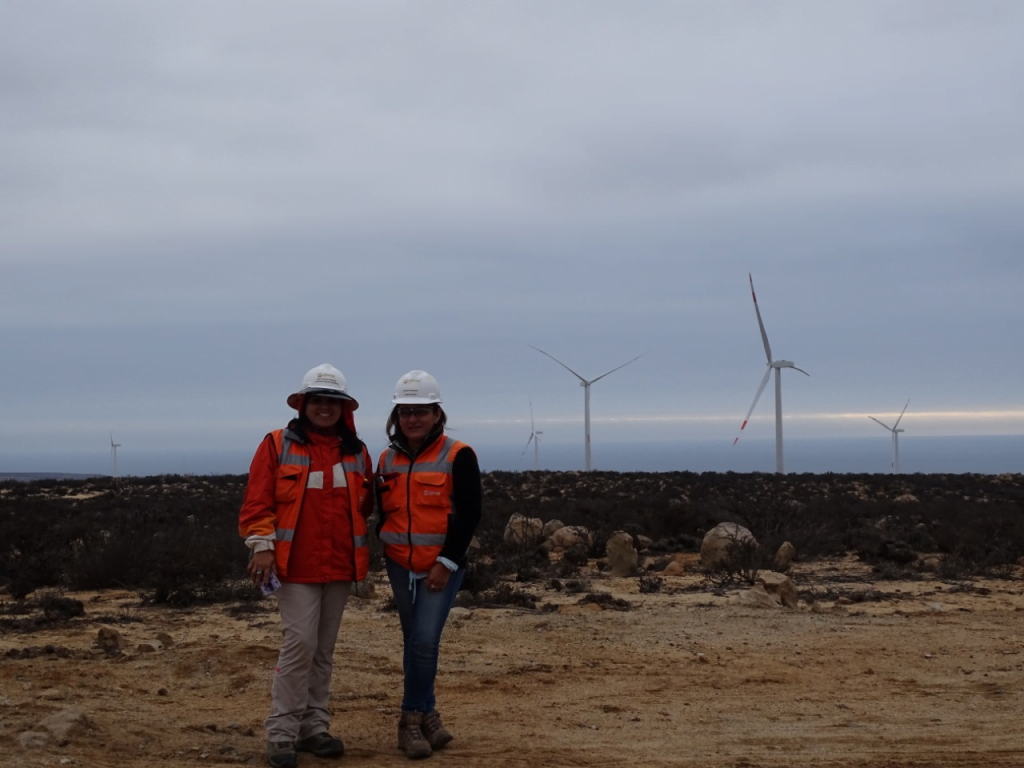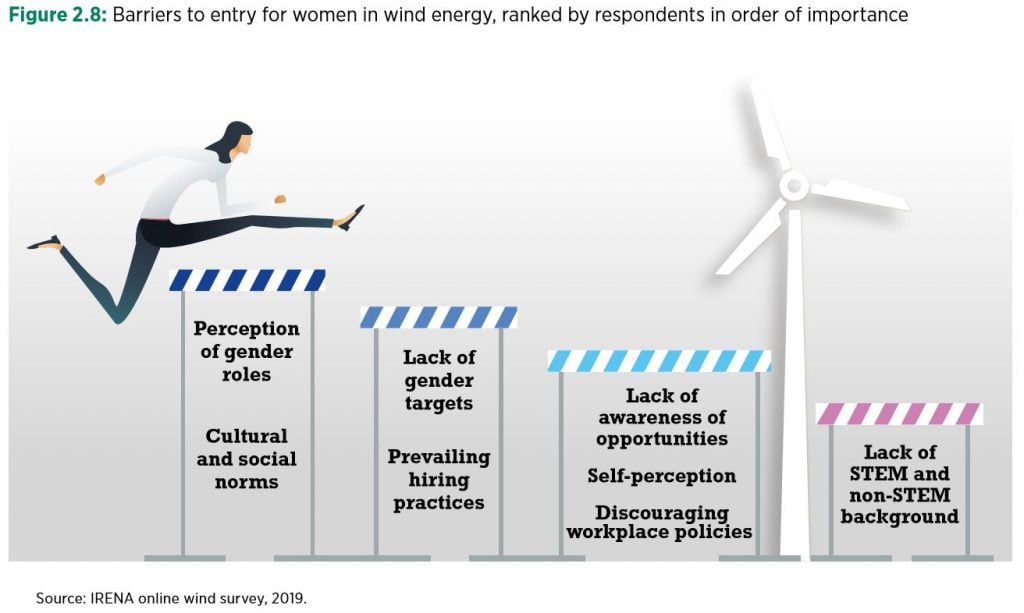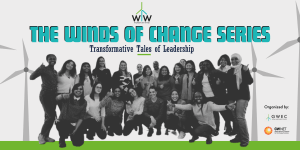
Lead with Impact – Women in Wind Global Leadership Program 2023
Discover the power of impactful leadership and embrace the Women in Wind Global Leadership Program 2023. Gain valuable insights from Sarah Barber’s transformative journey and learn to lead with active listening, diversity promotion, positive role modeling, and a growth mindset. Unlock hidden potential in yourself and your team to drive success and foster a culture of acceptance and continuous improvement.






